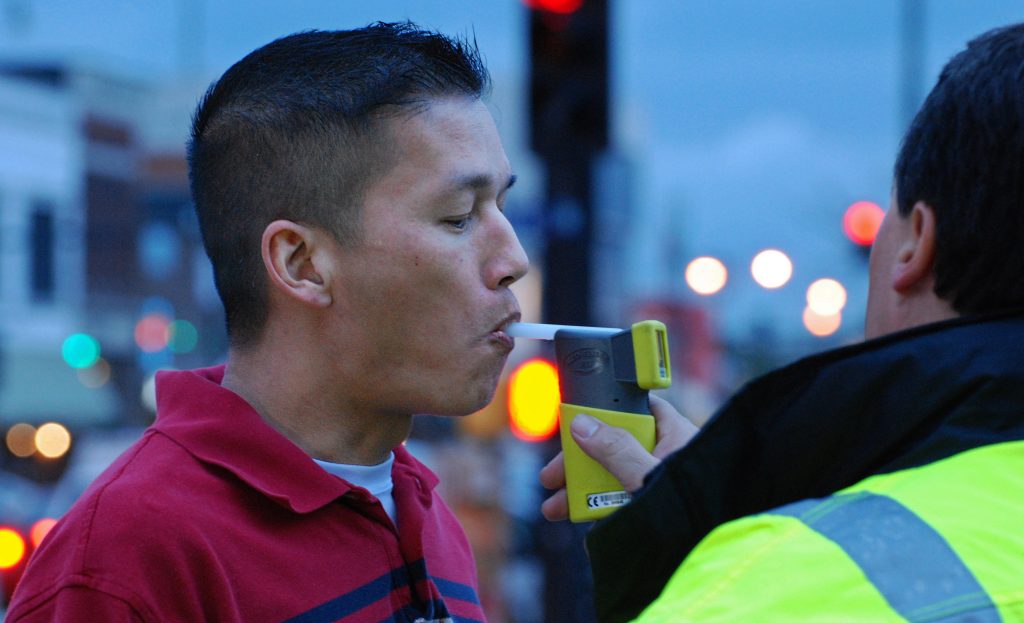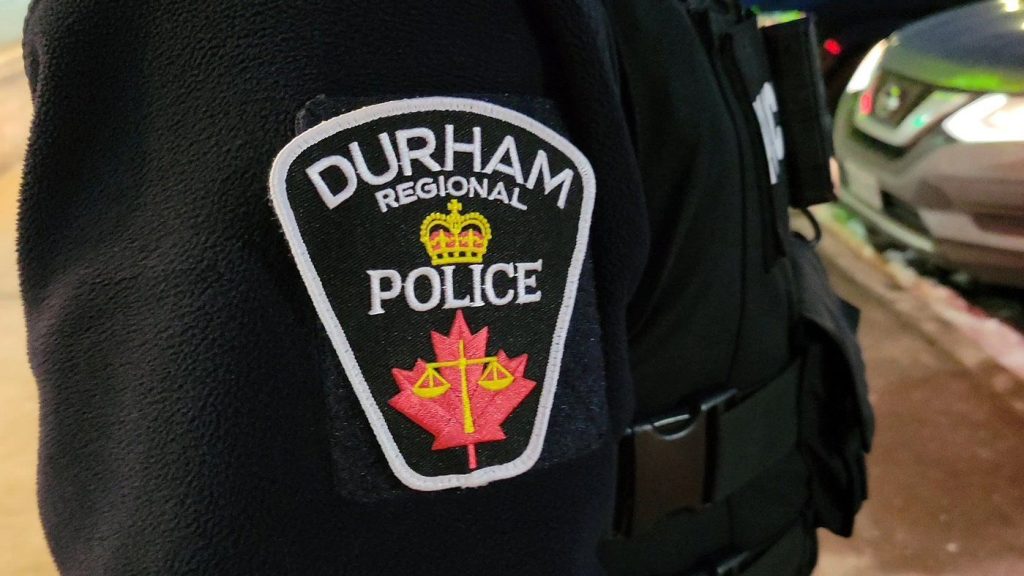New report urges GTHA transit agencies to work on fare integration once again
Posted March 16, 2023 4:21 pm.
Last Updated March 16, 2023 5:39 pm.
The Toronto Region Board of Trade (TRBOT) is again calling on transit agencies to collaborate to create fare integration across the GTA.
A new report details zone-based fares after uncovering that fare integration would provide the ability to maximize the region’s mobility network, renew ridership and positively impact the businesses within Toronto.
It comes as transit riders outside of the city highlight the increased cost of crossing municipal boundaries, GO transit trips within the city and the idea that the fastest route is not often cheaper. Metrolinx currently offers free transit connections between GO Transit and local transit partners, including Durham Region Transit, Oakville Transit, MiWay, and York Region Transit.
The TRBOT proposes an eight-zone fare system that would fully integrate transit across the Toronto-Waterloo corridor, including TTC, local and municipal transit, and the GO Train.
Travelling through the first two zones would be $3.20, the minimum fare and then another $1.50 for one additional zone, and $2 for each zone afterward. The total price to travel through eight zones would be $15.20.

Proposed fare zones and associated costs from the Toronto Region Board of Trade report. Credit: Toronto Region Board of Trade.
An example of cost savings shows someone travelling from Rexdale to Toronto Metropolitan University (TMU) would save over $4.50 per day, from $7.96 for the TTC and GO Train to $3.20 for travel through two zones.
“The technology is very simple. This is about a six-week fix,” said Jan De Silva, President and CEO of the TRBOT. “The issue was simply bringing the province and our municipalities to the table to collaborate on this.”
The TRBOT would require about $154 million of funding from the provincial government.
“That’s about a third of the subsidy that they currently pay to Metrolinx for the GO Service,” said De Silva.
August Puranauth, a transit commuter who travels from Durham Region to Toronto every day for school, said they take Durham Transit, GO Transit and the TTC to get there.
“I pay almost over $20 a day commuting to campus, and that’s very expensive. I’m not a full-time student at the moment, so I can’t get the full-time student discount, but I still have to commute here daily for school and work,” said Puranauth.
They would love to see further fare integration that allows for a flat rate and a two-hour travel window across the entire city,
“Fare by distance is not an equitable model. It falsely assumes that riders who come from the suburbs can afford longer trips, which is not true. I can attest to that myself,” they said.
Puranauth added that the free transfer from Durham Region to GO transit is excellent but thinks the TTC should also be included.
The Ministry of Transportation is working to improve the transit experience for riders and mentioned the existing fare agreements between GO and some local transit systems.
“We know the importance of connecting the transit grid, and we will continue to work with our partners on the best ways to improve the rider experience,” read their statement to CityNews.
The TTC said fare integration is under discussion, and a recent presentation in 2022 highlighted its benefits. Leslie Woo, the CEO of CivicAction and the former Chief Planning Officer at Metrolinx, tells CityNews this discussion has been going on for decades.
“I think it has the potential, and so doing because of all those things to support the restoration of ridership in the region. There’s been a great negative impact due to the pandemic,” Woo said.
Woo explained for fare integration to happen, the region needs collaboration from all parties, governments and resources.
“This is something that benefits everyone collectively because it will help the region in terms of its competitiveness its affordability. Without that, it becomes difficult,” said Woo.
“Getting all levels of government to the table is important, and then recognizing that the culture, the systems, the talent and the expertise for a fair integration system may be different than what you have now,” she added. “It’s about choices and how we prioritize, the capital and the ongoing cost to carry the integration system.”
“People are not bound by the political lines and boundaries that currently determine how fares are set and unset.”










